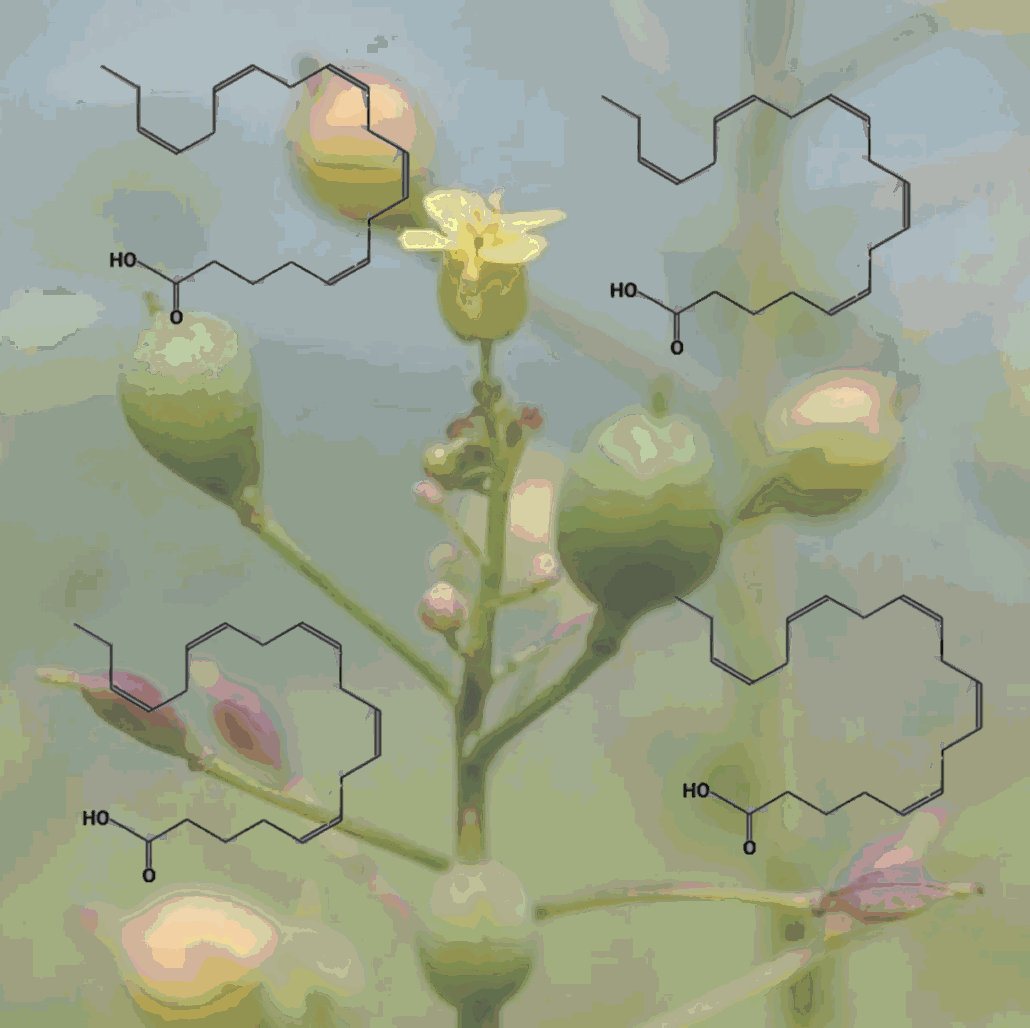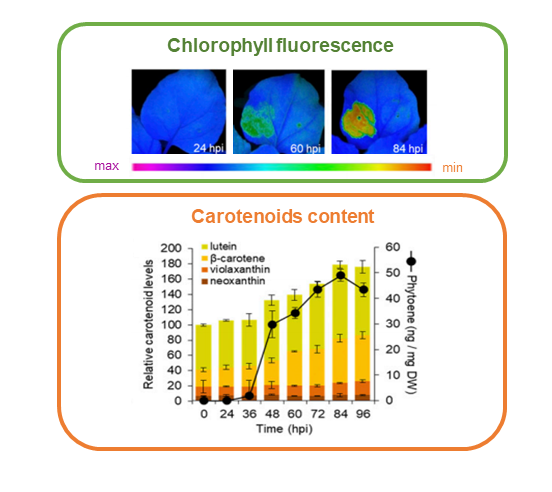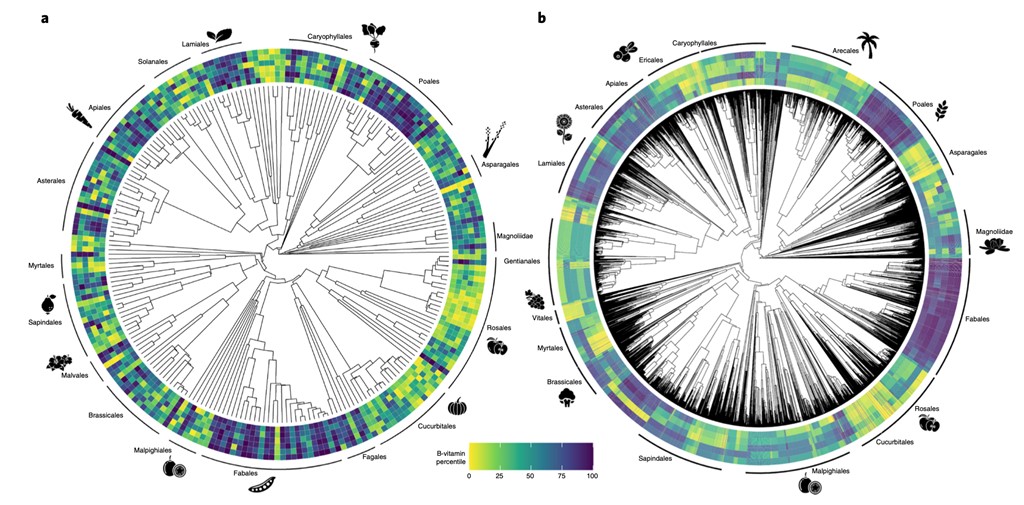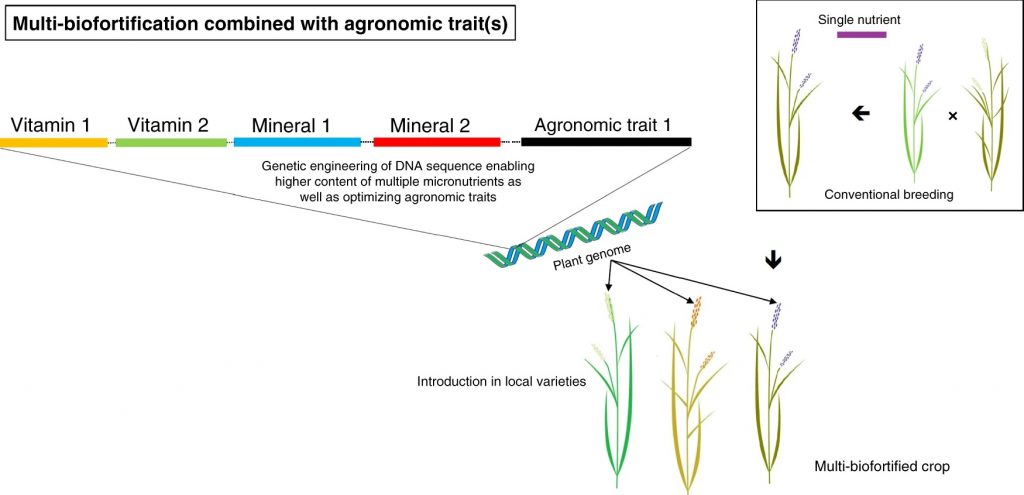
Update: How to eat an idea (and translate genes to products)
Plant Science Research WeeklyPlant biologists are critical players in the pursuit of crop enhancement and other real-world solutions to today’s pressing problems, yet few of us know how to translate our research into tangible economic or social benefits. This useful and engaging article by Jonathan Napier walks us through the…

A roadmap to get fruit and veg back on the table
Plant Science Research Weekly
We all know that a healthy body requires a diet rich in fruits and vegetables., yet the vast majority of people living in the US don’t eat the recommended daily amounts of these plant foods. This deficit, and the accompanying over-reliance on grain-based and ultraprocessed foods, means that America…

Review: Bringing purple tomatoes to market
Plant Science Research WeeklyThis interesting article by Cathie Martin and Eugenio Butelli describes the process through which purple, anthocyanin-accumulating tomatoes were brought to the US market, from idea to business plan to regulatory status review and finally direct-to-consumer sales. Although these tomatoes have demonstrated…

Review. Sustainable protein production: Opportunities for cereals
Plant Science Research WeeklyAs the world’s population increases, protein production must increase. If not, levels of protein malnutrition leading to stunted growth, hair loss, and edema will rise. Here Safdar et al. propose that cereals could be bred to be major protein sources. They argue that cereals already make up approximately…

Review: One plant’s poison
Plant Science Research WeeklyPlants synthesize interesting chemicals that attract, deter, amuse, and harm their predators. Some of the most harmful to humans have been selectively eliminated through the process of domestication, but others render potential food sources inedible. This review by Liu et al. discusses four approaches…

Increading Fe and Zn concentrations in wheat flour
Plant Science Research WeeklyHuman malnutrition results from the lack of essential mineral micronutrients. In particular, iron deficiency might cause anaemia and stunted development in children, while zinc deficiency might reduce immunity to infectious diseases. In bread wheat, iron and zinc are located in the embryo and aleurone.…

A time to look for alternative nutrition sources (Nature Plants)
Plant Science Research WeeklyRecently, there has been a huge impetus to develop plants that can perform well under stress conditions and produce high yields so that an ever-increasing human population can be fed. Another point, less discussed but equally important, is the nutritional value that these crops can provide. Cantwell-Jones…

Perspective: Multiplying the efficiency and impact of biofortification through metabolic engineering (Nature Comms.)
Plant Science Research Weekly
As heterotrophs, we are what we eat. One of the UN Sustainable Development Goals is to end all forms of hunger, including the “hidden hunger” that results from nutrient deficiencies. Van Der Straeten et al. provide an overview of biofortification strategies. They review current successes from…

Synthetic conversion of leaf chloroplasts into carotenoid-rich plastids reveals mechanistic basis of natural chromoplast development (PNAS) ($)
Plant Science Research WeeklyBiofortification aims at increasing the content of health-promoting nutrients in edible parts of the plant. As an example, enhancing the production of carotenoids - natural pigments that provide the yellow to red color – in crops could prevent vitamin A deficiency in humans. In nature, carotenoids…

